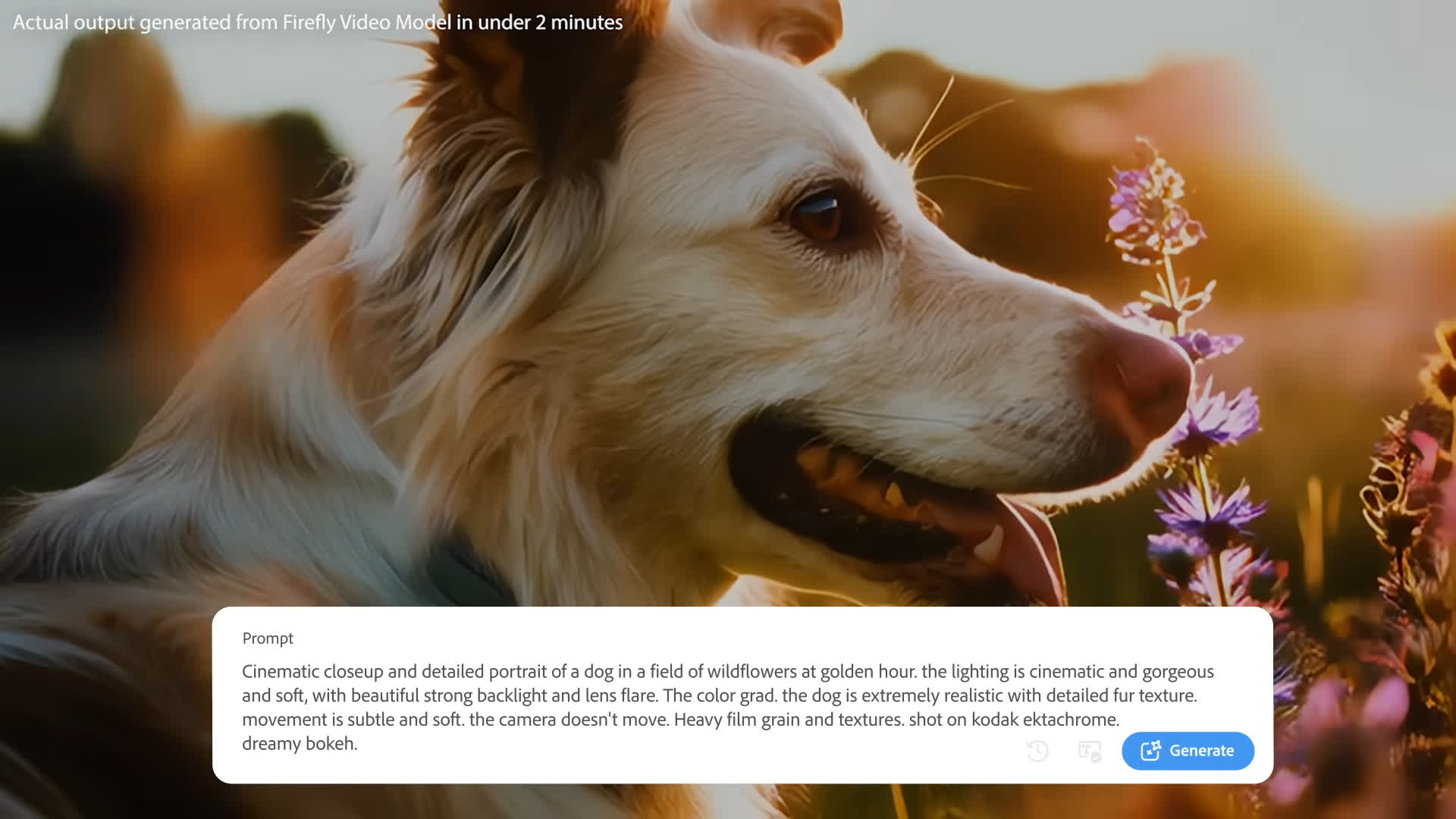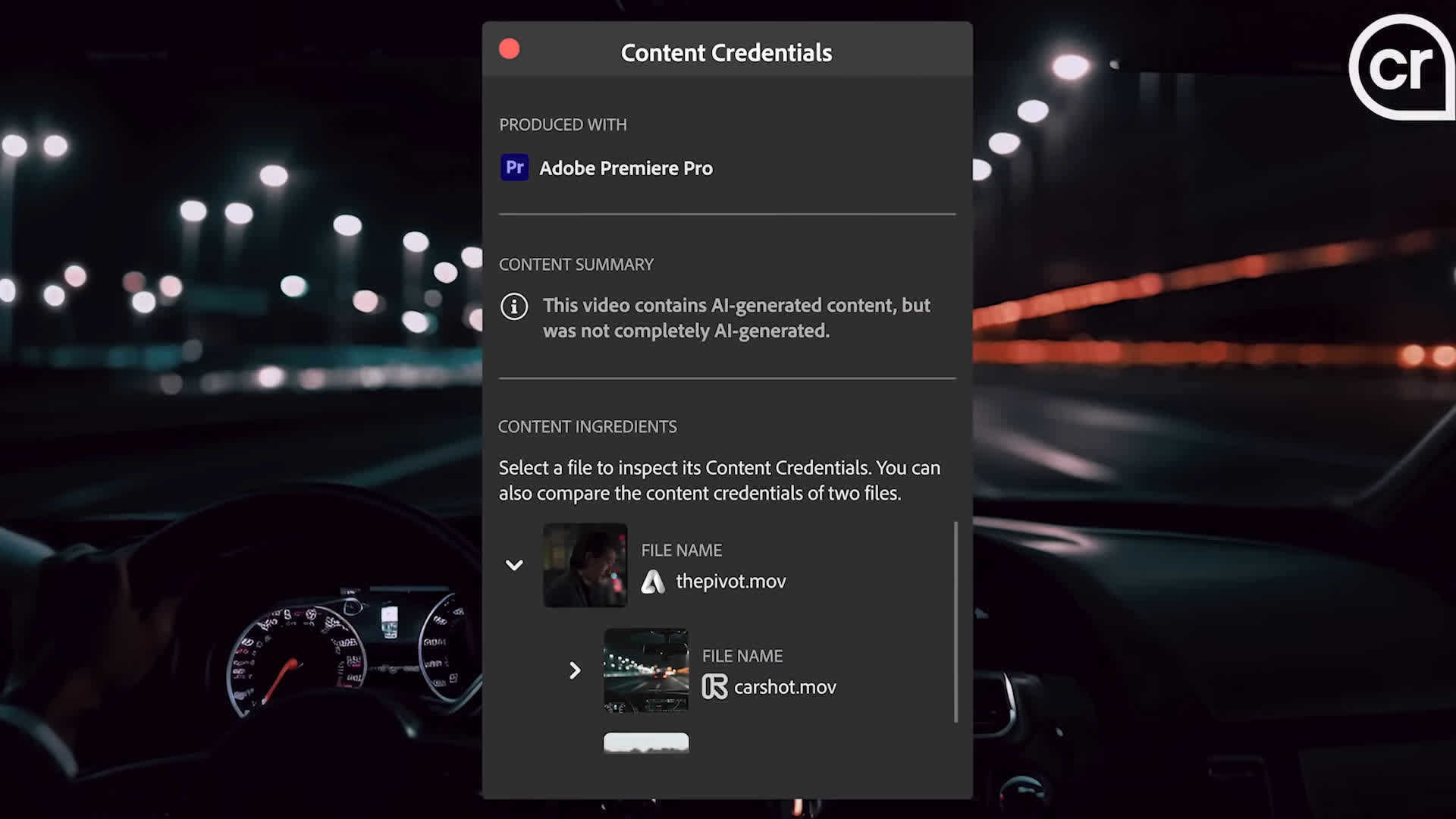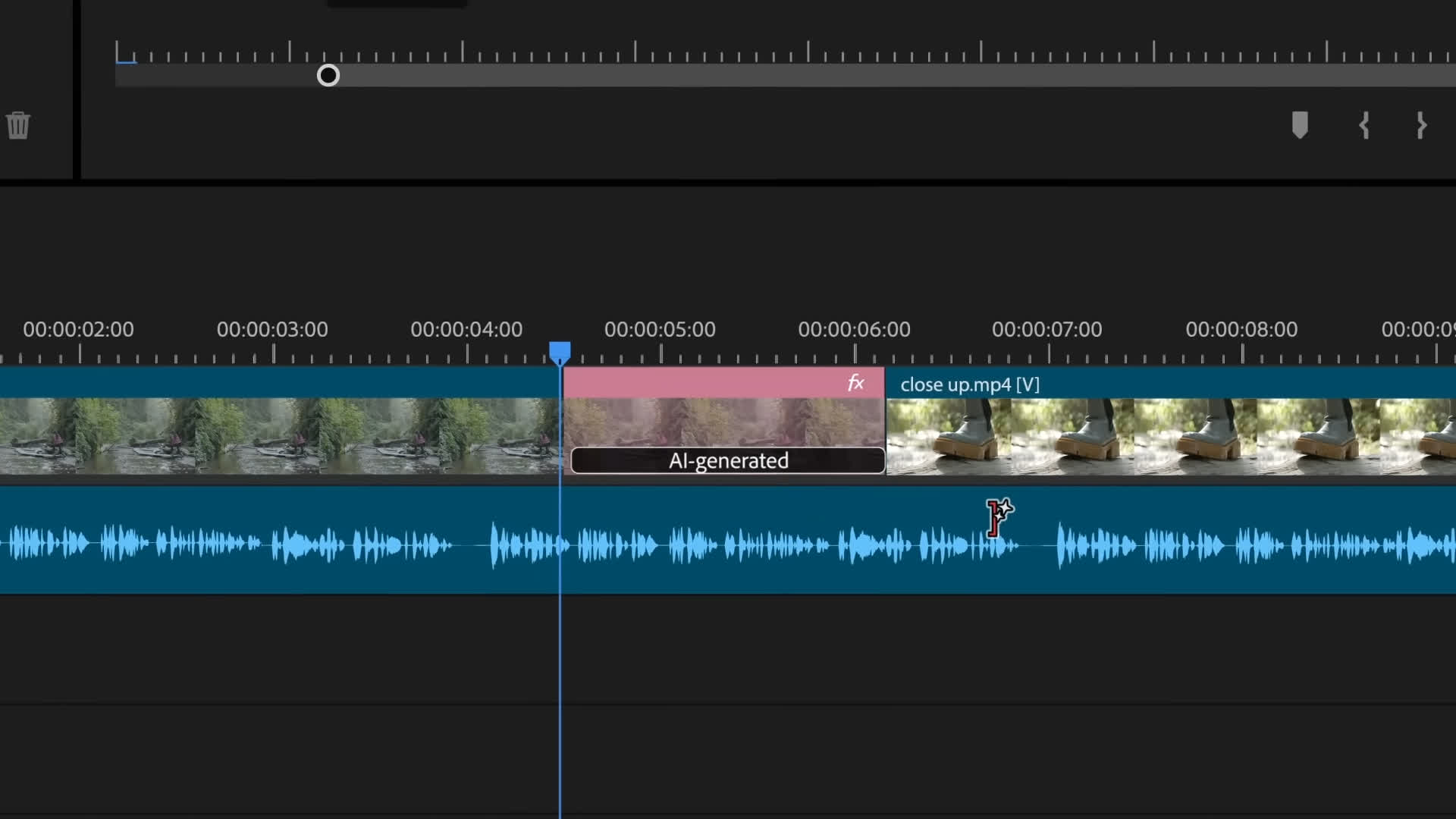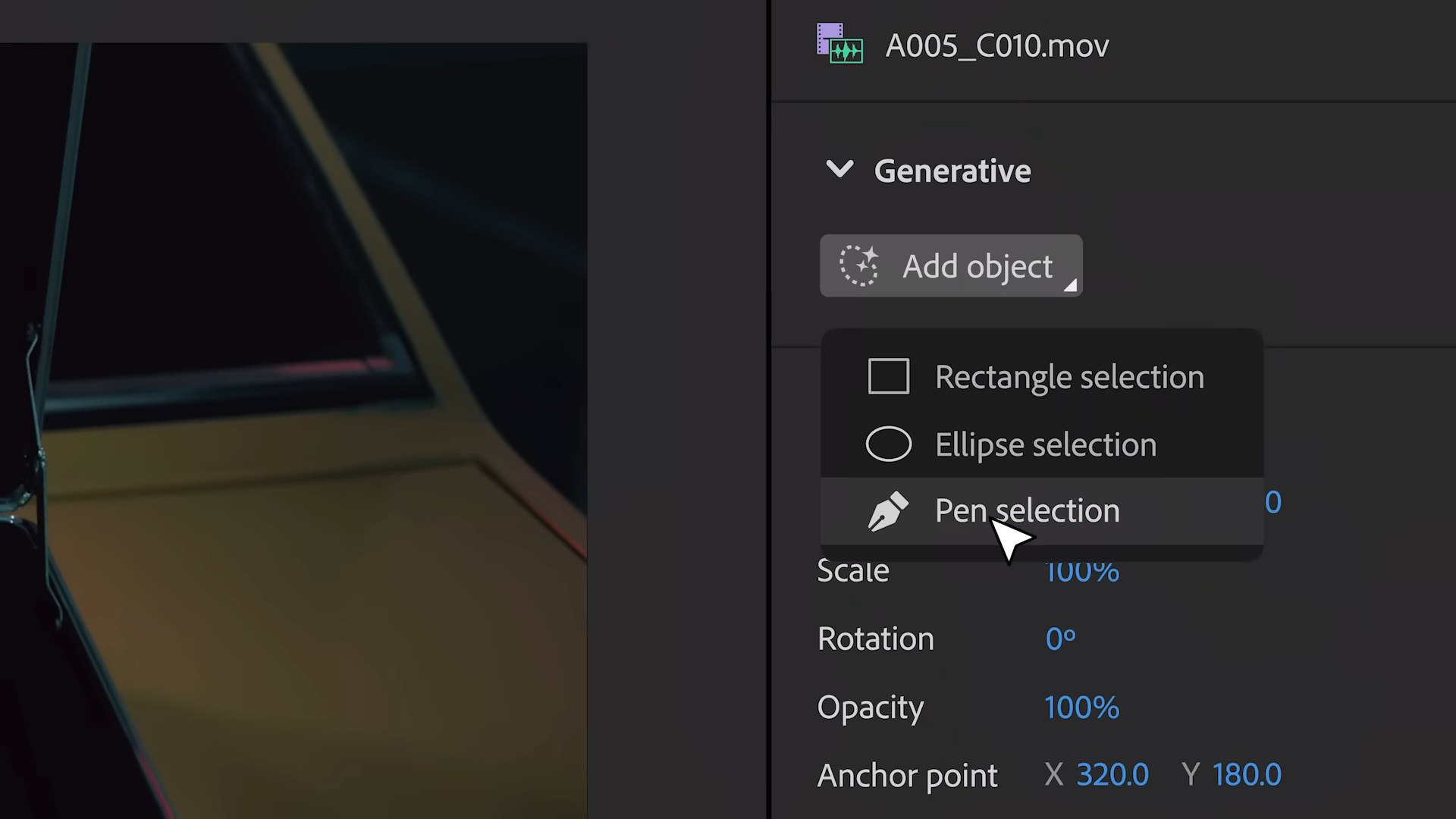The big picture: One of the most remarkable uses of generative AI is its ability to craft videos from a simple text input. By typing just a few words into the various video generation tools available today, such as Adobe’s Firefly model, you can obtain clips that appear astonishingly lifelike. This exemplifies not only the power of this technology but also the rapid pace of its advancement.
At the same time, numerous generative video tools bring to light questions and challenges regarding content ownership and copyright. These issues have become an integral part of broader discussions about the development and progress of AI-driven tools.
We’ve already observed these discussions unfold with text generation tools trained on material from across the web, much of it original commercial content. Serious questions persist about if and how content creators should be compensated for their work when it is integrated into a large language model.
Considering the significant effort (and cost) involved in creating videos, concerns are likely to become more pronounced as the use of generative video becomes more common.
In the realm of graphics, Adobe identified these issues early and made copyright protection central to its initial Firefly image generation tools. The company opted to use only licensed content and provided compensation to creators during the model training phase. Adobe’s extensive content library and connections with creators via Adobe Stock, offering millions of images and videos for sale, certainly facilitated this approach.
Adobe adhered to these principles, creating generative content tools that not only conformed to general fairness rules but also offered guarantees of commercial safety. Essentially, users of the Firefly tools were assured no legal or financial issues due to the use of copyrighted content, a significant advantage given that a considerable portion of Adobe’s clientele is involved in commercial content creation.
Unsurprisingly, as Adobe publicly releases its latest Firefly video model today (in beta), it maintains the same commercially safe principles and guarantees. Additionally, Adobe is incorporating support for Content Credentials with its AI-generated video, enabling reliable verification that the content was AI-created—an increasingly crucial feature in a world inundated with deepfakes.
Adobe is providing access to the new model today (initially revealed last fall) through both a new web application and a “Generative Extend” feature in Adobe Premiere Pro. The company is also launching two new Firefly plans and previewing another.
Firefly Standard is priced at $9.99/month and includes 2,000 audio/video credits per month, enabling users to create up to 20 five-second 1080p resolution videos monthly. Firefly Pro increases the credit limit to 7,000, allowing up to 70 five-second videos for $29.99/month. Firefly Premium, set to launch later this year for $199.99/month, is aimed at creative professionals who, according to Adobe, “anticipate generating new video content daily.”
Like similar offerings, the Firefly video model supports both text-to-video and image-to-video generation, keyframes at the beginning and end of a clip, and translates and accurately lip-syncs audio in 20 different languages.
A key differentiator for Adobe users will be the seamless integration with other apps in the Adobe suite. For instance, users can easily create workflows that transition from a still image in Photoshop or a vector illustration in Illustrator into the Firefly Video model, then integrate the output directly into Premiere. Adobe has also added a new Scene-to-Image tool, which can create 3D video elements—either in animated or photorealistic style.
It’s clear that Adobe is focusing on tools and capabilities that its regular users will value. While many experiment with other generative video tools for fun, Adobe seems intent on delivering practical functionalities that make video creation and editing easier.
The new Generative Extend feature in Premiere Pro exemplifies this focus. Although it might only be needed to extend a scene by half a second, that can be pivotal for professional editors matching existing music, audio, and video elements. Similarly, the early preview of the new Firefly web app UI highlights key creative choices for elements like camera angles and movement, helping the model produce more engaging and cinematic outputs.
While it’s fair to say Adobe is catching up in the rapidly evolving generative AI video field—and with 4K support set to arrive later this year—it’s clear the company is applying a unique approach to the challenge. For the creative professionals relying on Adobe, that’s a crucial development.
Bob O’Donnell is the founder and chief analyst at TECHnalysis Research, LLC, a technology consulting firm offering strategic consulting and market research services to the technology industry and the professional financial community. You can follow him on Twitter @bobodtech






